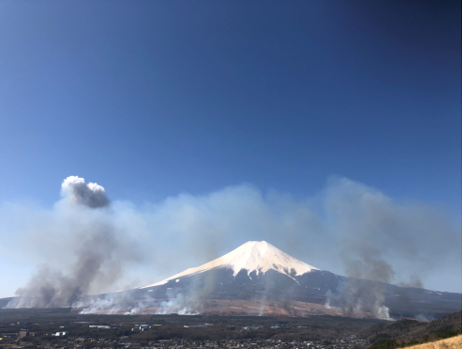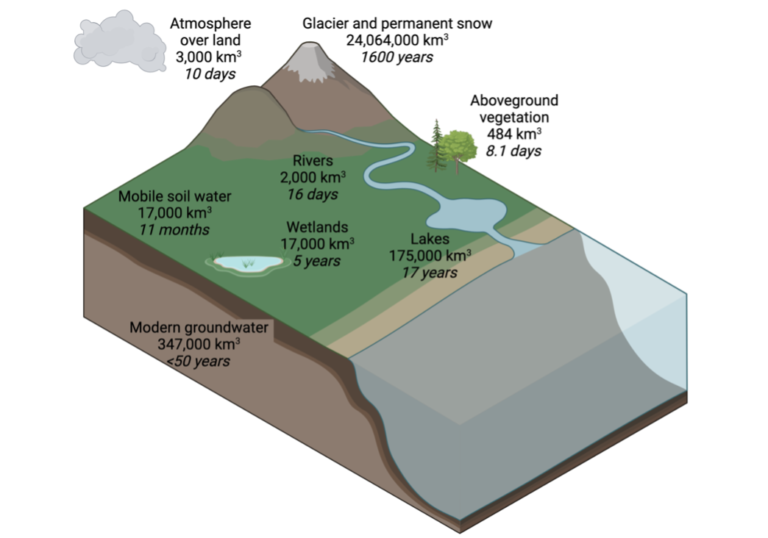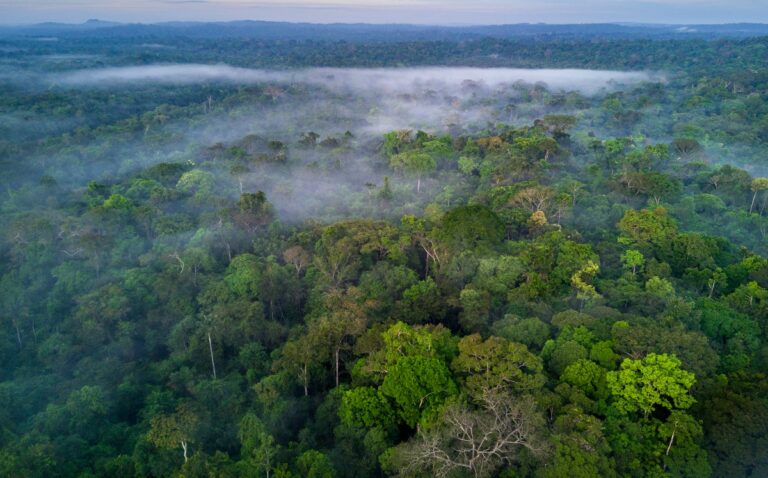Driving Factors of Post-Fire Vegetation Regrowth in Mediterranean Forest
Large wildfires have increased in the Mediterranean region due to socio-economic and land-use changes. The most immediate and concerning consequence of the wildfires is the loss of vegetation. However, there are few studies on the relationship between wildfire and vegetation recovery, especially on the complex relationship between species composition, burn severity and geo-environmental context. This…





